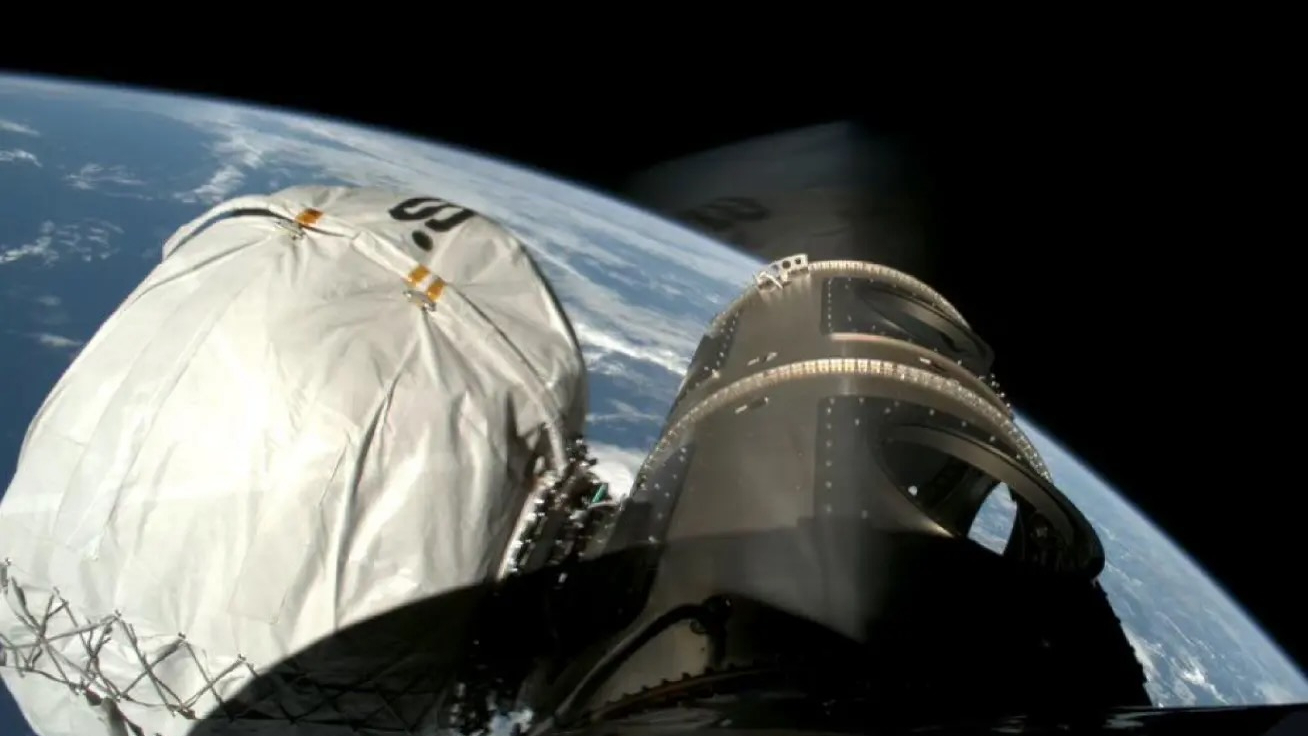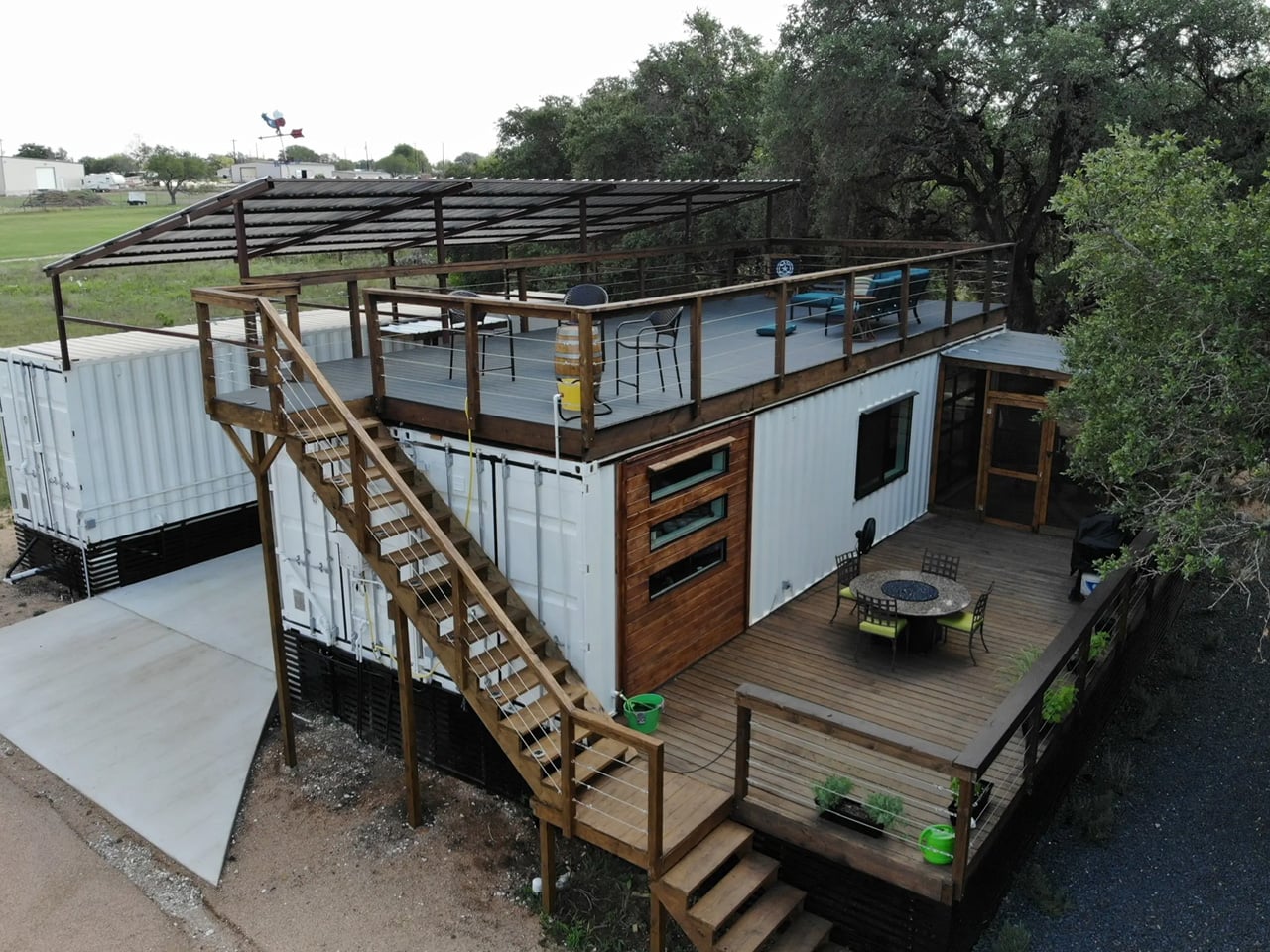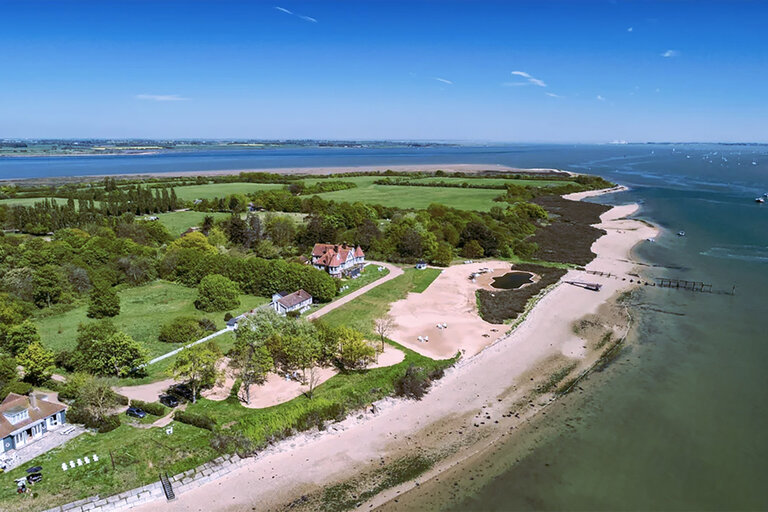The CEO of Australia gas giant Woodside explains what’s driving its ‘single biggest investment’ in US
Woodside now homes in on new financial partners for its $175 billion project.

The race to construct massive liquified natural gas export projects along the U.S. Gulf Coast picked up steam after Australia’s Woodside Energy greenlit its $17.5 billion Louisiana LNG project it acquired last fall.
Speaking to Fortune on April 29 from Australia, Woodside CEO Meg O’Neill called Louisiana LNG the company’s largest project investment ever, and a big step that continues the company’s rapid North American growth since it acquired BHP Petroleum almost three years ago.
U.S. energy growth depends on new export terminals to help meet global gas demand and, with seven in operation and another six under construction—now including Woodside—there are an additional seven projects looking to reach final investment decisions within the coming 12 months before the industry risks overbuilding.
“We're ahead of others. There's a race, and there are others in the pack, but I feel like we're well positioned,” O’Neill said.
The next need for Woodside is signing on more partial owners of Louisiana LNG, which is expected online in 2029, to help share the financial burden. There are advanced talks with some potential partners, O’Neill said, although she declined to name them. Bloomberg reported one is Kuwait Petroleum.
“We're well advanced in discussions with multiple other players. But there's also companies that are, in some ways, waiting in the wings,” O’Neill said. “We've moved this project forward at pace, and there were some potential partners who said, ‘Look, we can't meet your timeline for a decision by March or April, but we do want to partner with Woodside.’ So, we'll continue discussions. Now that we've taken FID, the project is even more derisked than it was before. I'm very positive that we'll get partners, but we need to be patient and make sure we get the right partners at the right price.”
Woodside was able to reach FID after bringing on its first major partner, Stonepeak infrastructure investment firm, which agreed April 6 to contribute $5.7 billion in funding for a 40% project stake. Then, about 10 days later, Germany’s Uniper agreed to large sale and purchase agreements for the natural gas, which must be liquefied before export overseas.
“LNG is flexible, it's transportable, and it's lower-carbon intensity than coal or liquid fuels. In many ways, we see this as the commodity of the future,” O’Neill said.
The new Trump tariffs will only minimally impact the project with contractor Bechtel, O’Neill said. Equipment accounts for about 25% of the project cost, and half of the equipment will be sourced from the U.S. Much of the rest was ordered in advance with long enough lead times to avoid tariff penalties, she said.
The industry sees the second Trump administration as a window to get permitting accomplished and construction underway—especially following the LNG permitting pause under President Biden—so the “horse race” is very real and expedited, said Sergio Chapa, senior LNG analyst with Poten & Partners. So, it’s a big step for Woodside to move to the “under construction” category this week.
The U.S. currently produces nearly 100 million metric tons of LNG a year and the current slate of projects under construction would double those volumes. And the permitted projects awaiting FID would add another 67 million tons, not even counting unpermitted projects. So, the industry is on the verge of massive growth and huge new demand for U.S. natural gas production and pipelines.
“Whether or not all these projects make it to the finish line remains to be seen,” Chapa said. “This is a competitive global industry.”
Aussie to Aussie
After Australia’s BHP tried and failed to make it big in the U.S., Woodside picked up the pieces.
While BHP sold its onshore U.S. business to supermajor BP, the offshore piece merged with Woodside—both in Mexico’s Gulf of Mexico and in the U.S. Gulf of Mexico—or Gulf of America as deemed by Trump.
The Gulf Coast LNG piece followed last year.
The Louisiana LNG project was much more in doubt as the previously named Driftwood LNG under Houston-based Tellurian, co-founded by LNG pioneer Charif Souki.
While the Souki-founded Cheniere Energy remains the country’s top LNG exporter, his next venture, Tellurian, struggled to find its financial footing and ultimately made a distressed sale to Woodside for nearly $1 billion following Souki’s ouster.
The Tellurian sale closed in October, and it took just six more months to FID the renamed Louisiana LNG.
Woodside remains Australia’s top LNG pioneer, but O’Neill wanted to make sure the company diversified globally, especially in the U.S. and its rapidly growing LNG industry.
“As we looked at how the future might evolve, one thing that's been clear to us is we want to make sure we have sufficient diversification in our business to be resilient for whatever the economy might throw at us over the long run,” O’Neill said, citing both geographic and commodity diversification.
So, apart from LNG, Woodside now has deepwater oil in the U.S. Gulf with its Shenzi field and partnerships with BP at its Mad Dog and Atlantis facilities, as well as offshore Mexico with the pending Trion development with state oil company Pemex.
Last year, Woodside bought the renamed Beaumont New Ammonia Project in Texas, which is expected online later this year.
“We’re making sure we have got the right balance of traditional hydrocarbon fuels versus lower-carbon molecules,” O’Neill said. “Given the uncertainty of the energy transition, we want to make sure we're covered regardless of how the world progresses.”
This story was originally featured on Fortune.com
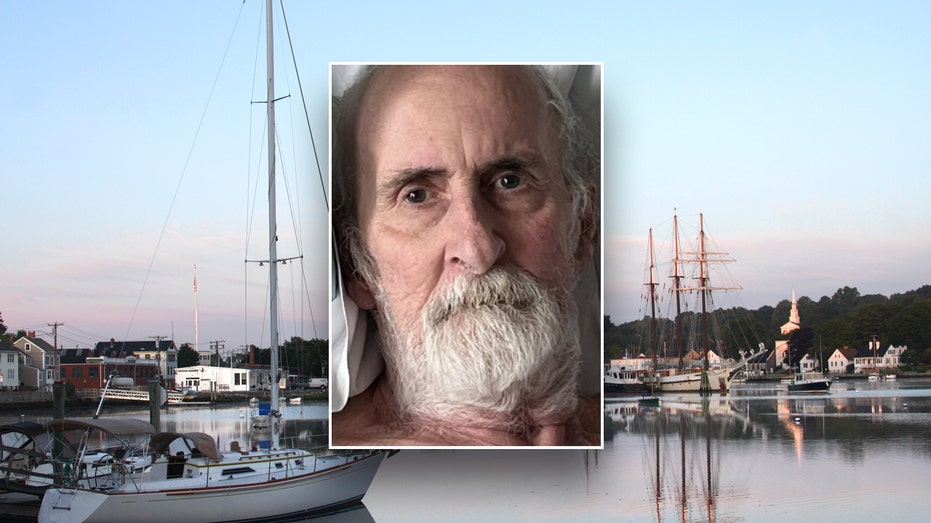
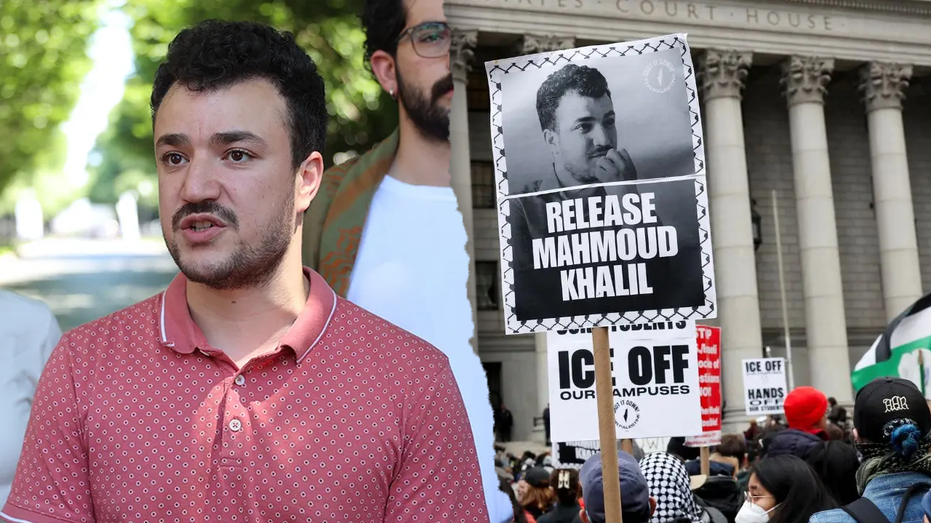







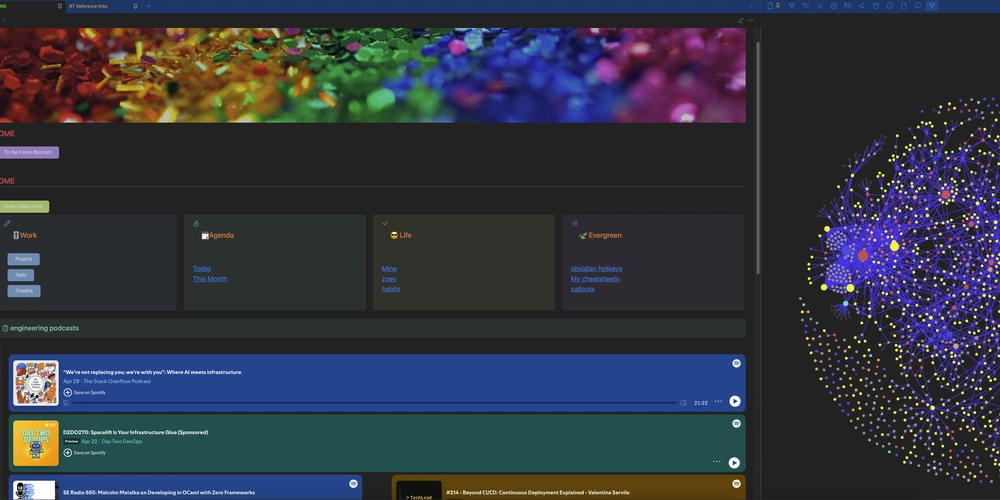
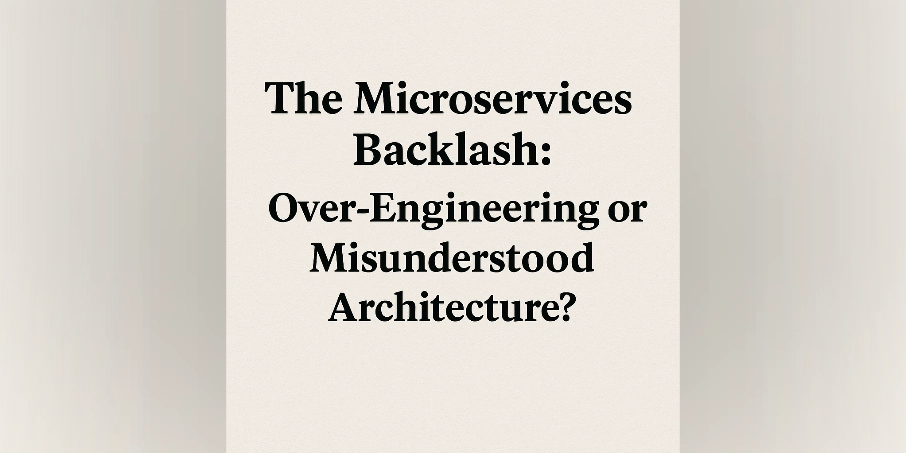
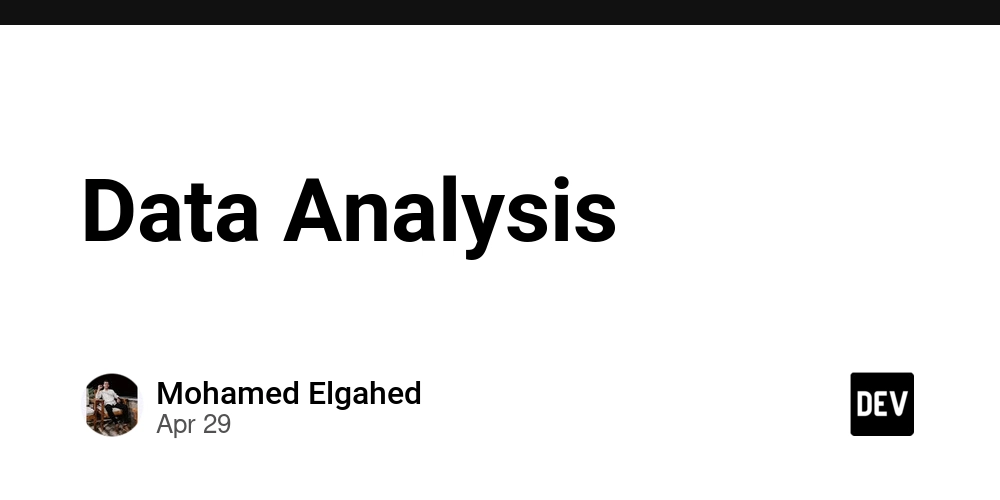
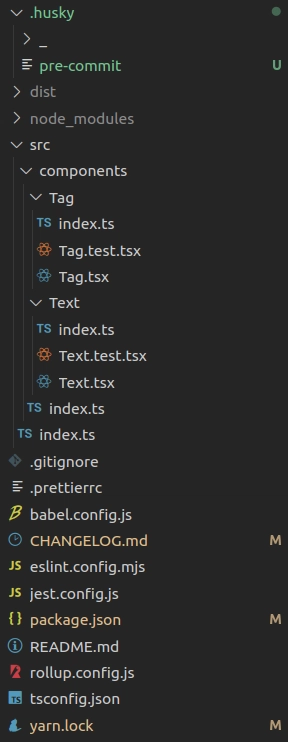








.jpg?#)















